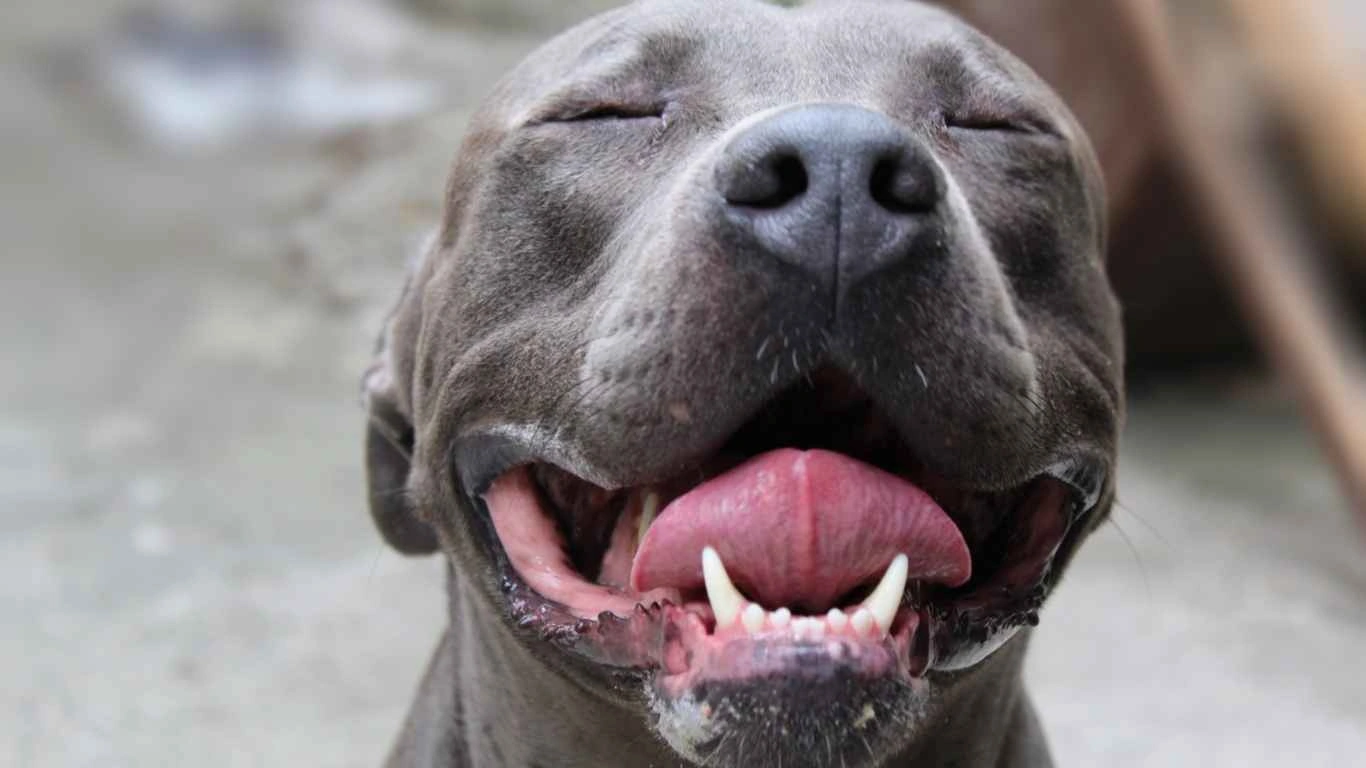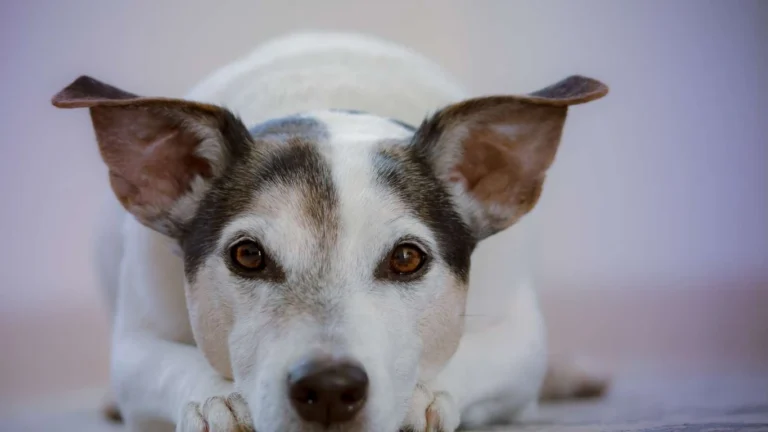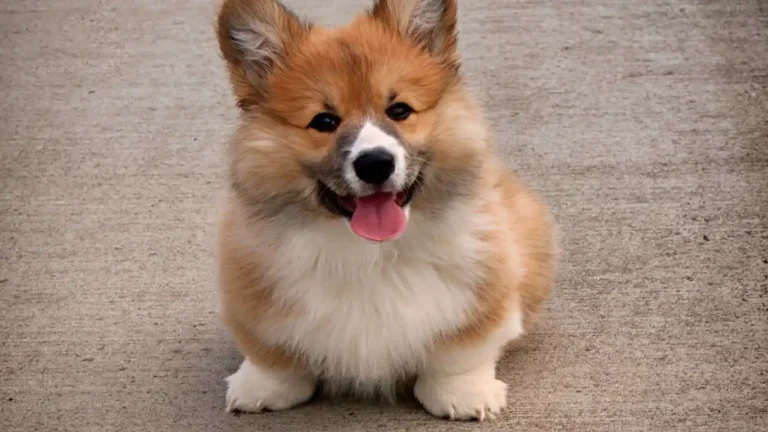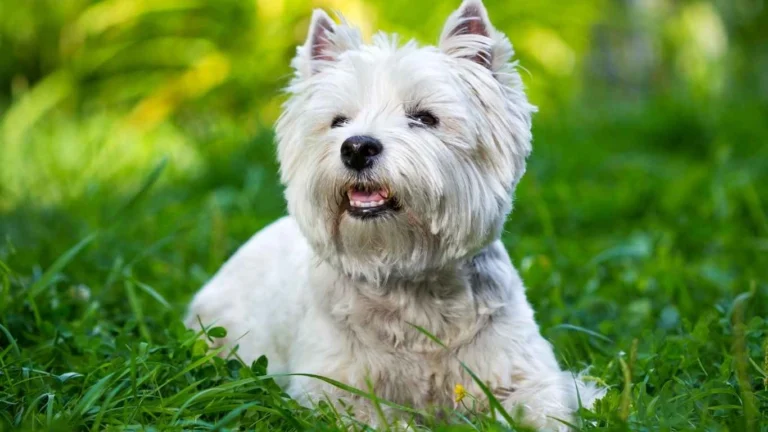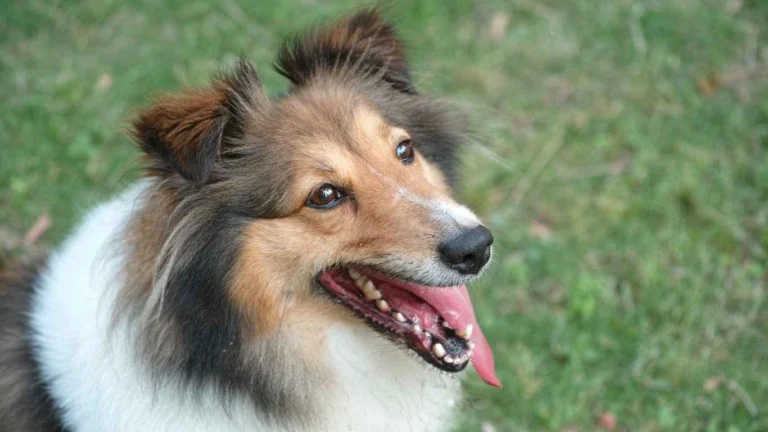Prevent Dog Obesity Fast: Expert Diet Tips for a Healthier, Happier Pup!
Ever noticed your pup looking a little rounder than usual? Maybe their collar feels a bit snug, or they’re panting more after a short walk. You’re not alone—canine obesity is a growing concern, and as a Pet Nutritionist, I’ve seen firsthand how extra weight can sneak up on dogs and lead to serious health issues. The good news? You can prevent obesity in dogs through diet with some simple yet effective strategies. Let’s dive in!
Why Dog Obesity is a Big Deal
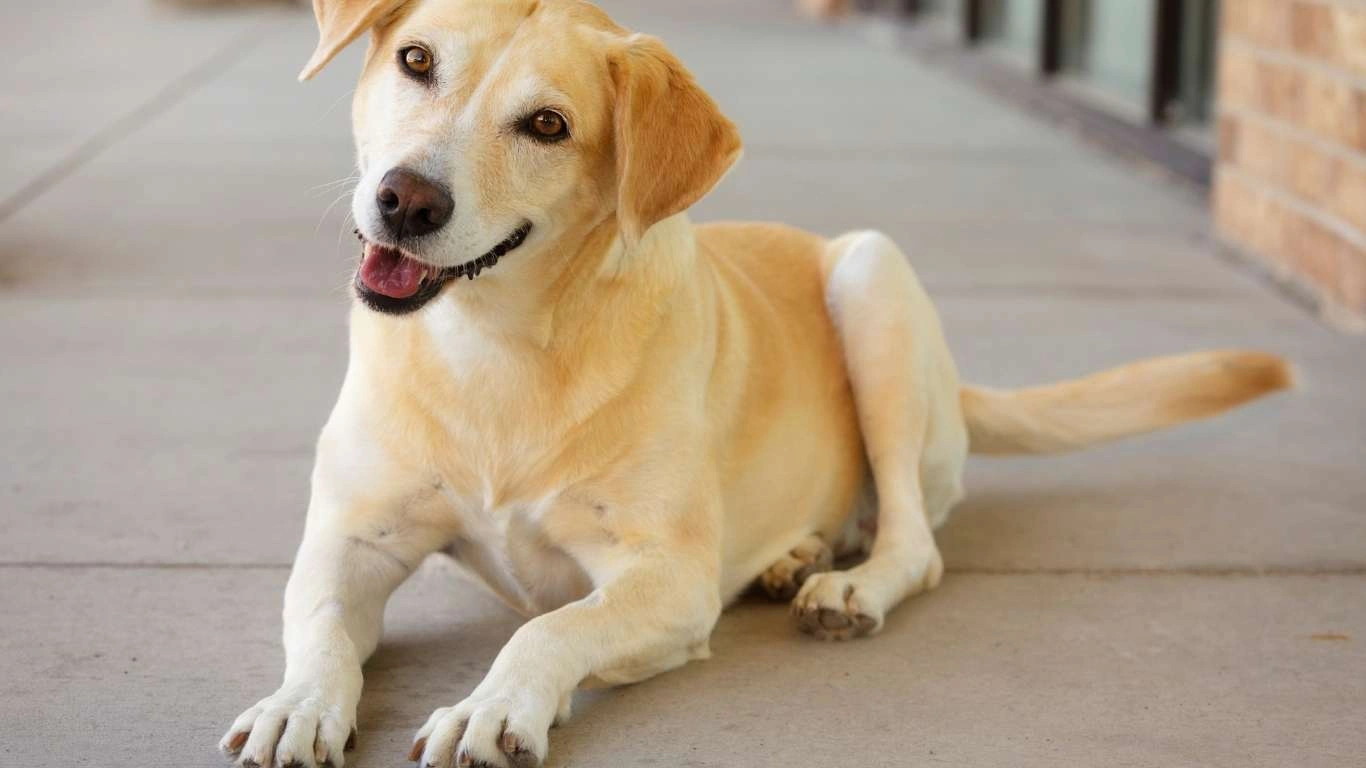
It’s easy to think of an extra few pounds as just “a little extra love,” but in reality, obesity can shave years off your dog’s life. Studies show that overweight dogs are more prone to arthritis, diabetes, heart disease, and even certain cancers. Plus, carrying excess weight makes everyday activities—like chasing squirrels or hopping up on the couch—much harder on their joints.
When I worked in a veterinary clinic, I saw pet parents shocked to learn that their dog’s weight gain was causing hidden health problems. One golden retriever, Bella, came in for what her owner thought was “slowing down with age.” Turns out, she was 15 pounds overweight, and her joints were struggling. A simple diet adjustment and portion control made a world of difference for her energy levels!
Understanding Your Dog’s Ideal Weight

Before we tackle diet changes, let’s talk about your dog’s ideal weight. Not all breeds are built the same, and what’s “normal” for a Labrador Retriever won’t be the same for a Dachshund.
How to Check If Your Dog is Overweight
- Rib Test: You should be able to feel your dog’s ribs without pressing too hard. If you have to dig through fat, it’s time to reassess their diet.
- Waistline Check: When looking from above, does your dog have a visible waist? A lack of a defined waistline often signals extra weight.
- Side View: When viewed from the side, your dog’s belly should tuck up slightly after the ribcage. If it sags, that’s a red flag.
Vets often use a Body Condition Score (BCS), a 1-9 scale that helps assess a dog’s weight. Keeping your pup in the 4-5 range (out of 9) is ideal.
How to Prevent Obesity in Dogs Through Diet
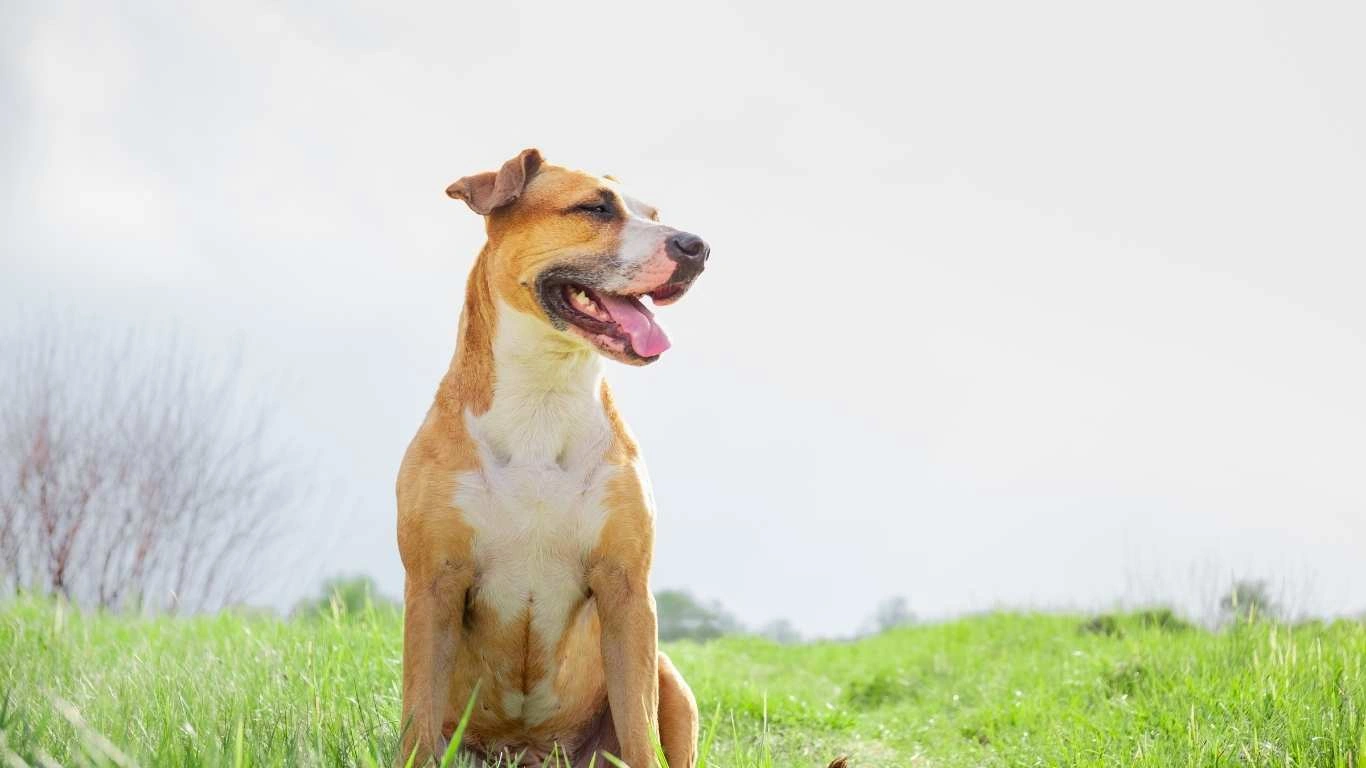
Nutrition is the biggest factor in preventing obesity. Even with daily exercise, if a dog is consuming too many calories, weight gain is inevitable. The key? Balanced portions, the right food, and mindful feeding habits.
1. Measure Every Meal
Eyeballing your dog’s food might seem fine, but those extra scoops add up fast. I’ve seen owners unintentionally overfeed by 20-30% just because they weren’t using a measuring cup. Instead:
- Use a kitchen scale for precise portions.
- Follow the feeding guidelines on the food bag—but adjust based on your dog’s activity level.
- Ask your vet for a customized feeding plan based on your dog’s weight and lifestyle.
2. Choose High-Quality, Nutrient-Dense Food
Not all dog foods are created equal. Many budget brands are loaded with fillers like corn, wheat, and soy, which can lead to weight gain without providing proper nutrition.
Look for dog foods with:
- High protein content (chicken, beef, fish, or turkey as the first ingredient).
- Healthy fats (salmon oil, flaxseed, or chicken fat).
- Limited carbohydrates (sweet potatoes or brown rice are better than corn or wheat).
When I switched my own dog, Leo, from a kibble loaded with fillers to a high-protein, low-carb diet, his energy skyrocketed! He wasn’t begging for food constantly because he was finally getting the nutrients he needed.
3. Limit Treats (Yes, Even the “Healthy” Ones!)
Treats are one of the sneakiest culprits of dog weight gain. Many store-bought treats are packed with unnecessary calories. Instead of mindlessly tossing treats, try:
- Swapping high-calorie treats for low-calorie options like blueberries, carrots, or green beans.
- Using training treats in moderation—stick to tiny pieces rather than full-sized ones.
- Opting for single-ingredient treats (like freeze-dried liver) rather than heavily processed ones.
One of my clients was feeding her small Terrier over 10 treats a day, not realizing it added up to almost half the dog’s daily calorie intake! Cutting back made a huge difference in just a few months.
Portion Control: Feeding the Right Amount
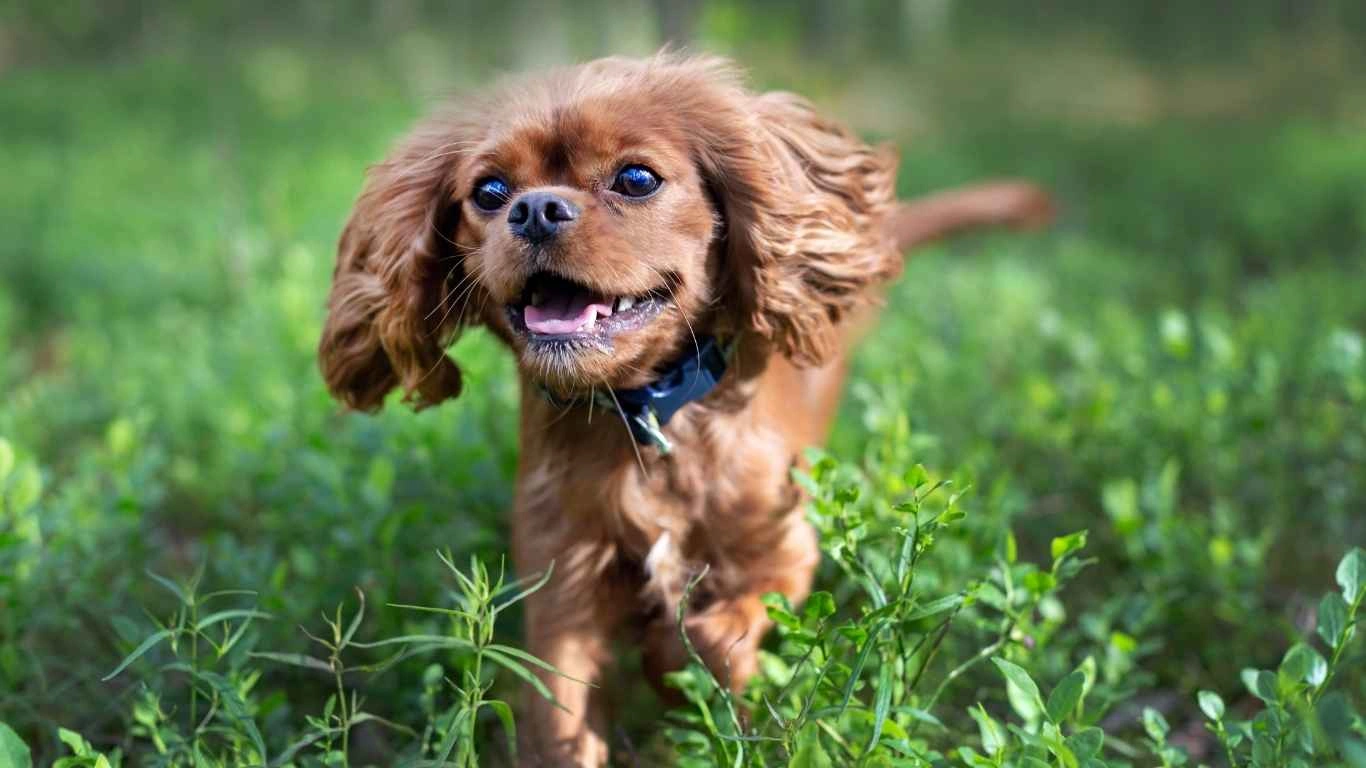
One of the biggest mistakes I see dog owners make? Overfeeding—without even realizing it! It’s easy to assume that if your pup still looks hungry, they need more food. But trust me, dogs always act like they’re starving (especially Labradors—I swear they have bottomless stomachs!).
Understanding Caloric Needs
Every dog has unique energy requirements based on age, breed, and activity level. A lazy senior pug doesn’t need the same amount of food as a hyperactive Border Collie. Here’s a general rule of thumb:
- Small dogs (under 20 lbs): 200-500 calories per day
- Medium dogs (20-50 lbs): 500-1,200 calories per day
- Large dogs (50+ lbs): 1,200-2,500 calories per day
But don’t just rely on these numbers—your dog’s body condition is a much better guide. If they’re packing on extra pounds, it’s time to cut back.
The “Food Bowl Trap” and How to Avoid It
One of my clients had a beagle named Toby, and she kept wondering why he was gaining weight despite “following the bag instructions.” Turns out, she was free-feeding—filling his bowl every time it looked empty. The result? Toby was eating almost double the calories he needed!
Instead of leaving food out all day, try:
- Sticking to two measured meals per day.
- Using a slow feeder bowl if your dog eats too fast.
- Replacing some kibble with low-calorie veggies (like green beans or zucchini) to add bulk without excess calories.
How Exercise Complements a Healthy Diet
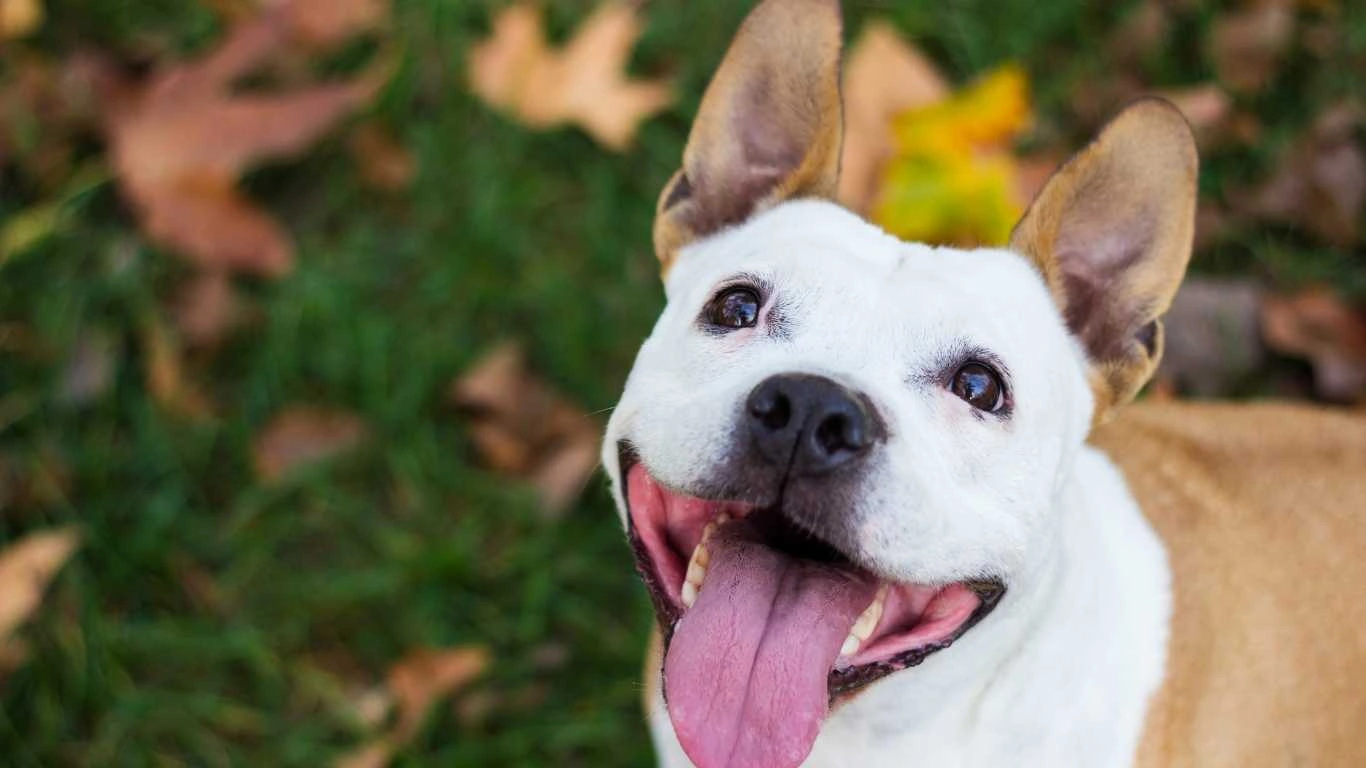
Even the best diet in the world won’t prevent obesity if your pup is a couch potato. Exercise is just as important as food choices when it comes to maintaining a healthy weight.
Finding the Right Type of Exercise
Not all dogs enjoy the same activities. Some thrive on long hikes, while others prefer a quick game of fetch. Here are some fun ways to keep your dog moving:
- Fetch: A classic for a reason! Use a ball launcher for extra distance.
- Swimming: Great for senior dogs with joint issues.
- Interactive play: Tug-of-war, hide-and-seek, or scent games work wonders.
- Daily walks: Aim for at least 30-60 minutes, depending on breed and energy level.
One trick I often recommend? Use your dog’s food as a training tool. Instead of dumping their kibble in a bowl, make them work for it with training sessions, puzzle toys, or treat-dispensing balls. It engages their brain while keeping their calorie intake in check!
How Much Exercise Does Your Dog Need?
Every dog is different, but here’s a rough guide:
- Toy & small breeds: 30-45 minutes daily
- Medium breeds: 45-90 minutes daily
- Large & working breeds: 1-2 hours daily
When I switched my Labrador, Duke, from just one walk a day to two, his weight finally stabilized—and he stopped getting into the trash out of boredom!
Choosing the Right Dog Food for Weight Management
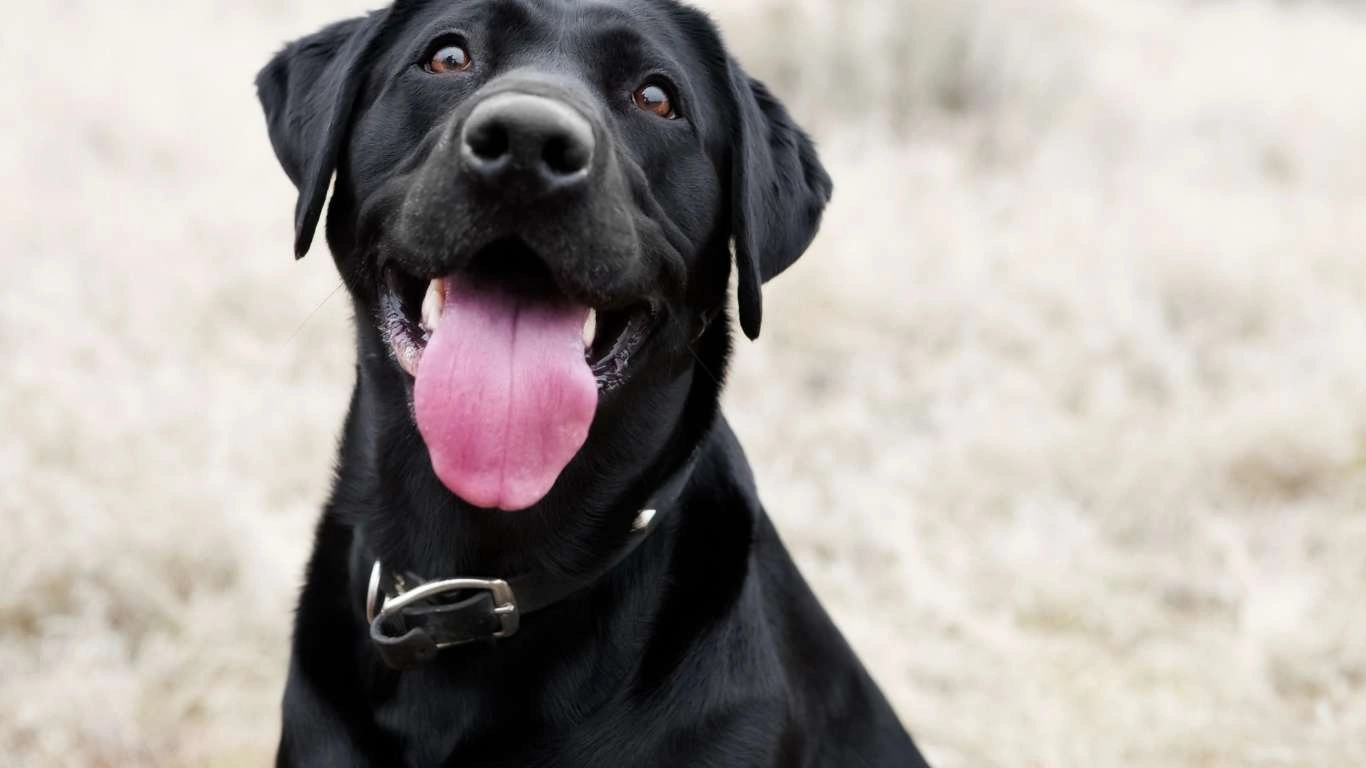
Some dogs struggle with weight gain even when they’re active. That’s when switching to a weight management formula can help. But be careful—not all “diet” dog foods are actually good. Many are packed with fillers and lack real nutrition.
What to Look for in Weight Management Dog Food
When choosing a food for weight control, focus on:
- High protein content: Helps maintain muscle mass while cutting fat.
- Low carbohydrates: Avoid unnecessary grains and starches.
- Healthy fiber: Keeps your dog feeling full longer.
If you prefer a homemade approach, consider working with a veterinary nutritionist (hey, that’s where I come in!) to create a balanced, portion-controlled meal plan.
Common Mistakes to Avoid
Many well-meaning dog owners accidentally sabotage their pup’s weight loss efforts. Watch out for these pitfalls:
- Free-feeding: Even healthy food can lead to weight gain if portions aren’t controlled.
- Relying on “light” dog food: Some brands just bulk up the food with fiber but lack proper nutrition.
- Ignoring treat calories: Those tiny training treats add up fast!
A friend of mine switched her overweight Husky, Luna, to a so-called “low-calorie” food, but it had way too many carbs and not enough protein. Luna was constantly hungry and actually gained weight! Once we adjusted her food to a high-protein, low-carb diet, the extra pounds finally started coming off.
The Role of Feeding Schedules in Weight Management
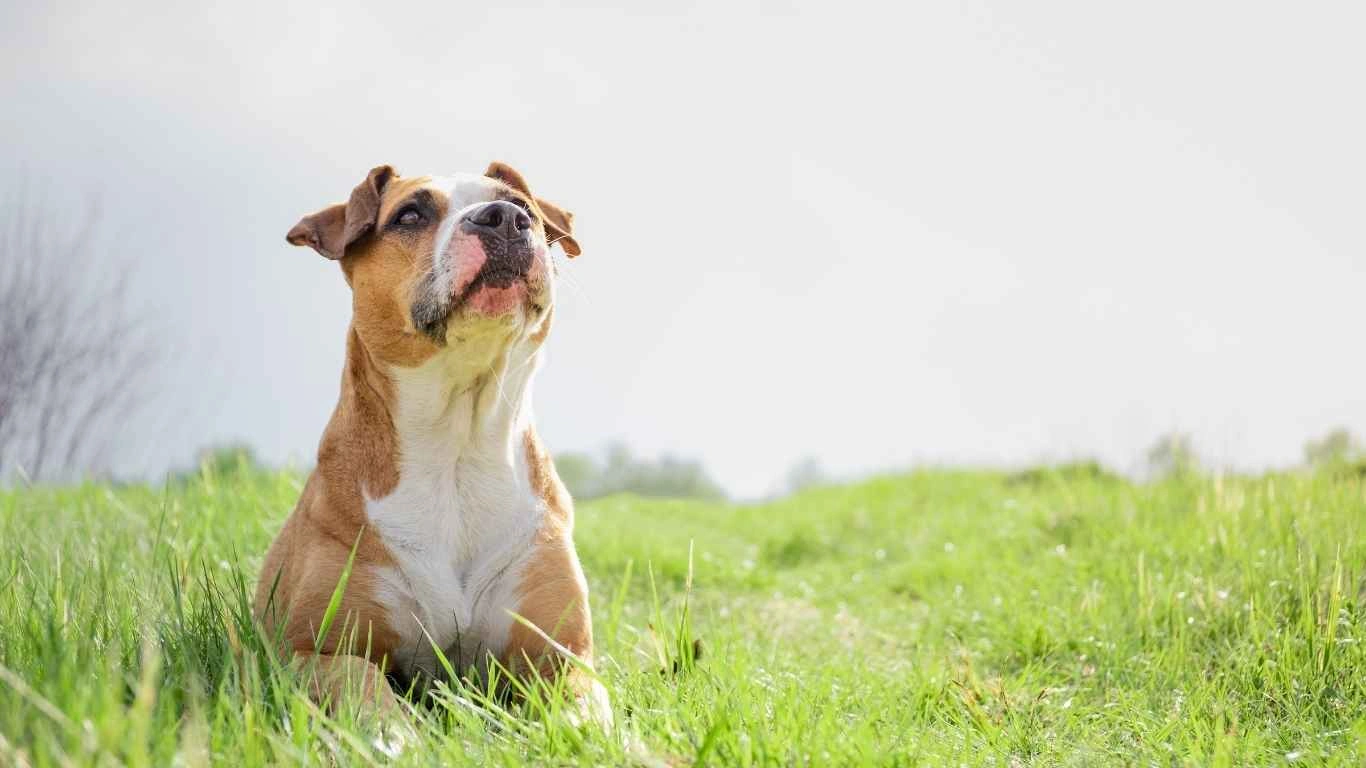
Many dog owners underestimate how much feeding schedules affect weight. It’s not just what you feed but also when you feed. Free-feeding (leaving food out all day) is a major culprit in canine obesity. A structured feeding routine helps regulate metabolism, prevent overeating, and even reduce begging behavior.
Best Feeding Schedule for Weight Control
For most dogs, two meals a day works best. However, some high-energy breeds or senior dogs with slow metabolism may do better with three smaller meals. Here’s a simple guide:
- Puppies (under 6 months): 3-4 meals per day
- Adult dogs (1-7 years): 2 meals per day
- Seniors (7+ years): 2-3 smaller meals per day
When I worked with a pet parent whose Labrador kept gaining weight despite a “healthy diet,” we realized they were feeding all of his daily calories at once, leaving him starving later. Splitting meals into two portions helped curb his appetite and improve digestion.
Healthy, Low-Calorie Treat Alternatives
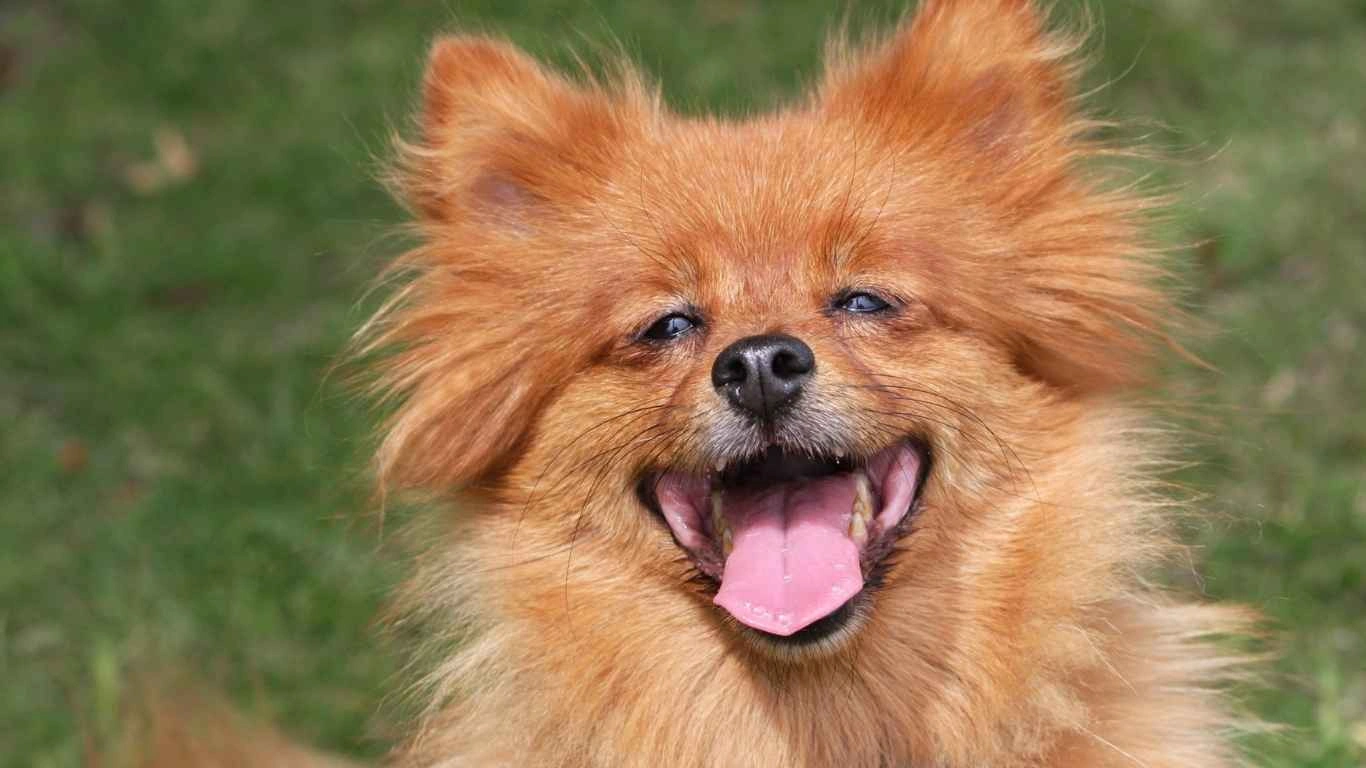
We all love spoiling our pups, but treats can be sneaky calorie bombs. Even small store-bought biscuits can add up quickly! Instead of eliminating treats altogether, swap them for healthier, low-calorie options.
Best Low-Calorie Treat Options
- Carrot sticks: Crunchy, sweet, and only a few calories.
- Blueberries: Packed with antioxidants and perfect for training.
- Plain pumpkin puree: Great for digestion and weight management.
- Frozen green beans: Low-calorie and satisfying.
One trick I use? Instead of handing out treats randomly, I incorporate them into training or enrichment activities. My dog, Leo, loves frozen pumpkin cubes as a refreshing summer snack!
Preventing Weight Gain in Multi-Dog Households
Have multiple dogs at home? Feeding time can be a challenge—especially if one pup needs portion control while the others don’t. I’ve seen plenty of sneaky eaters steal their sibling’s food, leading to unintended weight gain.
Tips for Managing Multi-Dog Mealtimes
- Feed separately: If one dog is prone to overeating, feed them in a separate room.
- Use slow feeders: Slows down fast eaters and prevents them from finishing first and stealing food.
- Monitor food intake: Measure portions for each dog to ensure they’re eating the right amount.
One of my clients had a small Terrier who was overweight because their Great Dane would leave leftovers, and the Terrier would gobble them up. Once they started supervised feeding, the weight finally came off.
How to Track Your Dog’s Progress
Preventing obesity isn’t just about making changes—it’s about sticking with them and tracking results. The best way to ensure your dog stays at a healthy weight? Regular weigh-ins and body checks.
Ways to Monitor Weight Loss
- Weekly weigh-ins: Use a pet scale or weigh yourself holding your dog, then subtract your weight.
- Body Condition Score (BCS): Check for a visible waist and easy-to-feel ribs.
- Before-and-after photos: Helps track subtle changes in body shape.
Tracking progress keeps you motivated and helps you catch small weight gains before they become a bigger issue.
Final Thoughts
Preventing obesity in dogs through diet isn’t about restricting food—it’s about making smarter choices. By feeding high-quality food, controlling portions, maintaining a routine, and ensuring regular exercise, you’re setting your pup up for a long, healthy, tail-wagging life.
Every dog is different, and what works for one might not work for another. If you’re struggling with weight management, consider consulting with your vet or a pet nutritionist for a customized plan. Your furry friend will thank you with more energy, better health, and extra years by your side.
References
- American Veterinary Medical Association (AVMA)
- Association for Pet Obesity Prevention
- VCA Animal Hospitals
Disclaimer
The information in this article is for educational purposes only and does not replace professional veterinary advice. Always consult your veterinarian before making significant changes to your dog’s diet or exercise routine.
